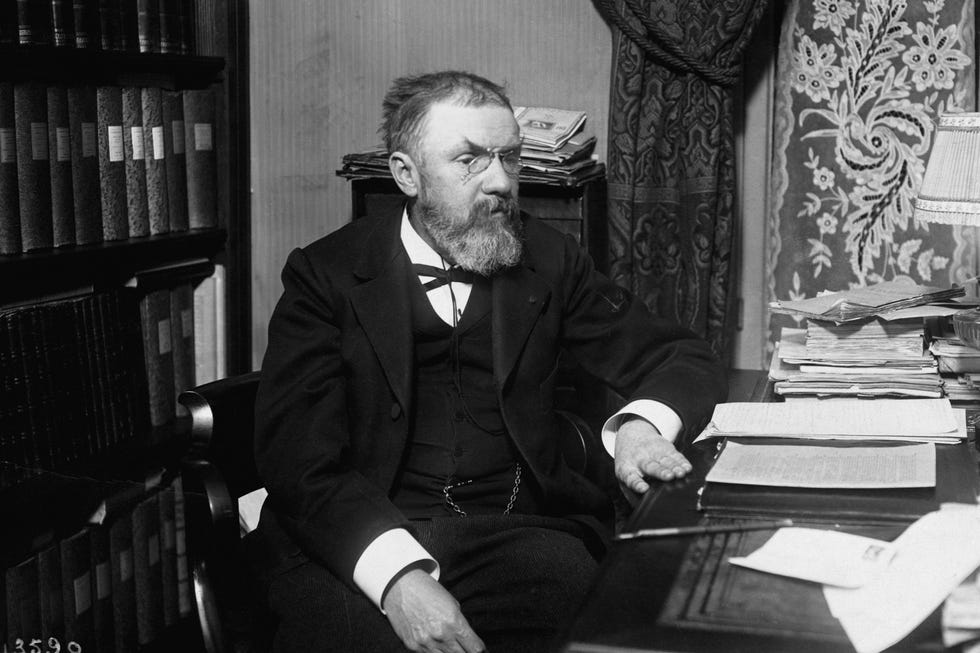In 2000, the Clay Mathematics Institute, a non-profit dedicated to “increasing and disseminating mathematical knowledge,” asked the world to solve seven math problems and offered $1,000,000 to anybody who could crack even one. Today, they’re all still unsolved, except for the Poincaré conjecture.

Henri Poincaré was a French mathematician who, around the turn of the 20th century, did foundational work in what we now call topology. Here’s the idea: Topologists want mathematical tools for distinguishing abstract shapes. For shapes in 3D space, like a ball or a donut, it wasn’t very hard to classify them all. In some significant sense, a ball is the simplest of these shapes.
Poincaré then went up to 4-dimensional stuff, and asked an equivalent question. After some revisions and developments, the conjecture took the form of “Every simply-connected, closed 3-manifold is homeomorphic to S^3,” which essentially says “the simplest 4D shape is the 4D equivalent of a sphere.”
Still with us?
A century later, in 2003, a Russian mathematician named Grigori Perelman posted a proof of Poincaré’s conjecture on the modern open math forum arXiv. Perelman’s proof had some small gaps, and drew directly from research by American mathematician Richard Hamilton. It was groundbreaking, yet modest.
After the math world spent a few years verifying the details of Perelman’s work, the awards began. Perelman was offered the million-dollar Millennium Prize, as well as the Fields Medal, often called the Nobel Prize of Math. Perelman rejected both. He said his work was for the benefit of mathematics, not personal gain, and also that Hamilton, who laid the foundations for his proof, was at least as deserving of the prizes.
Πηγή: popularmechanics

Δεν υπάρχουν σχόλια:
Δημοσίευση σχολίου